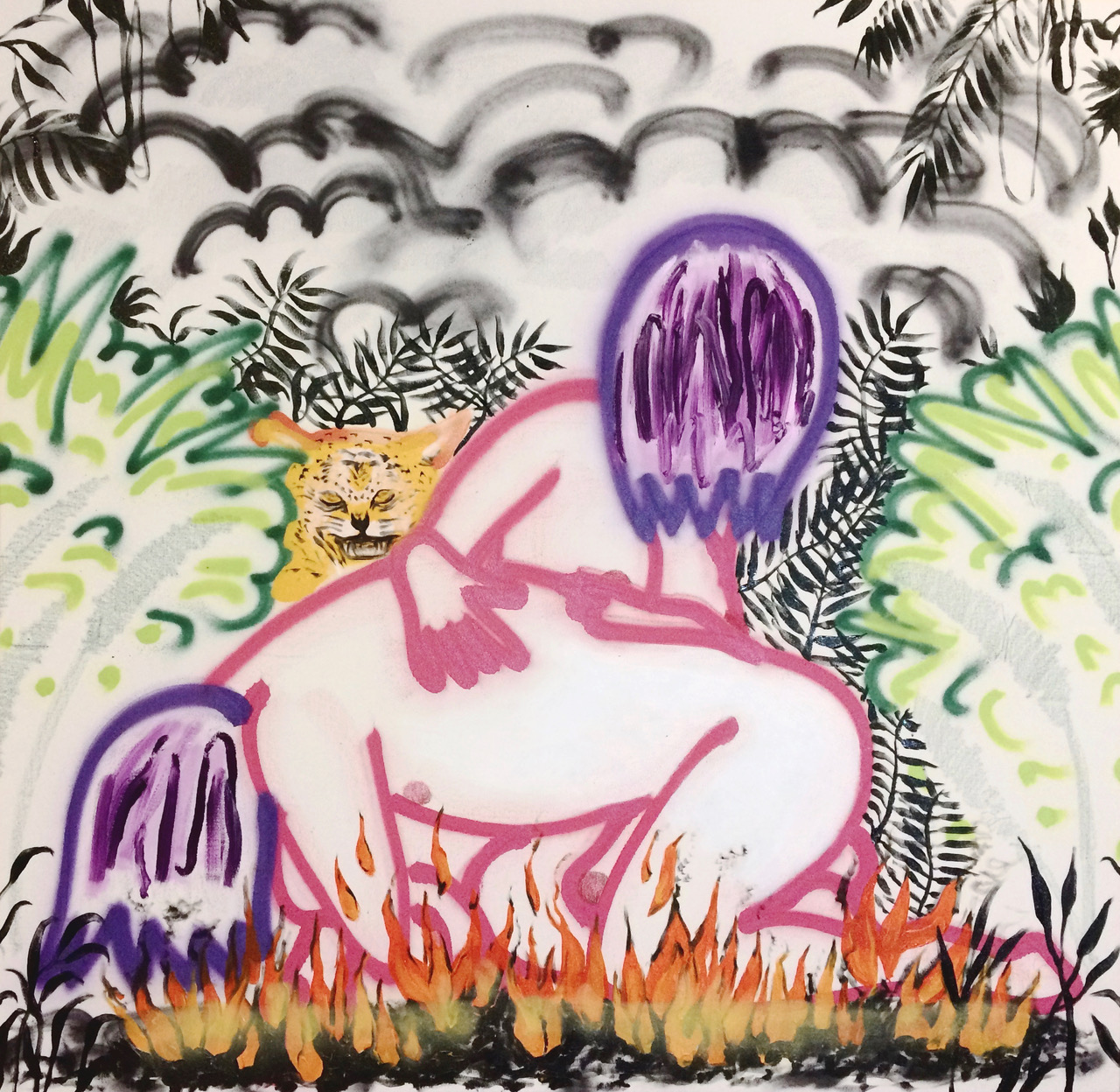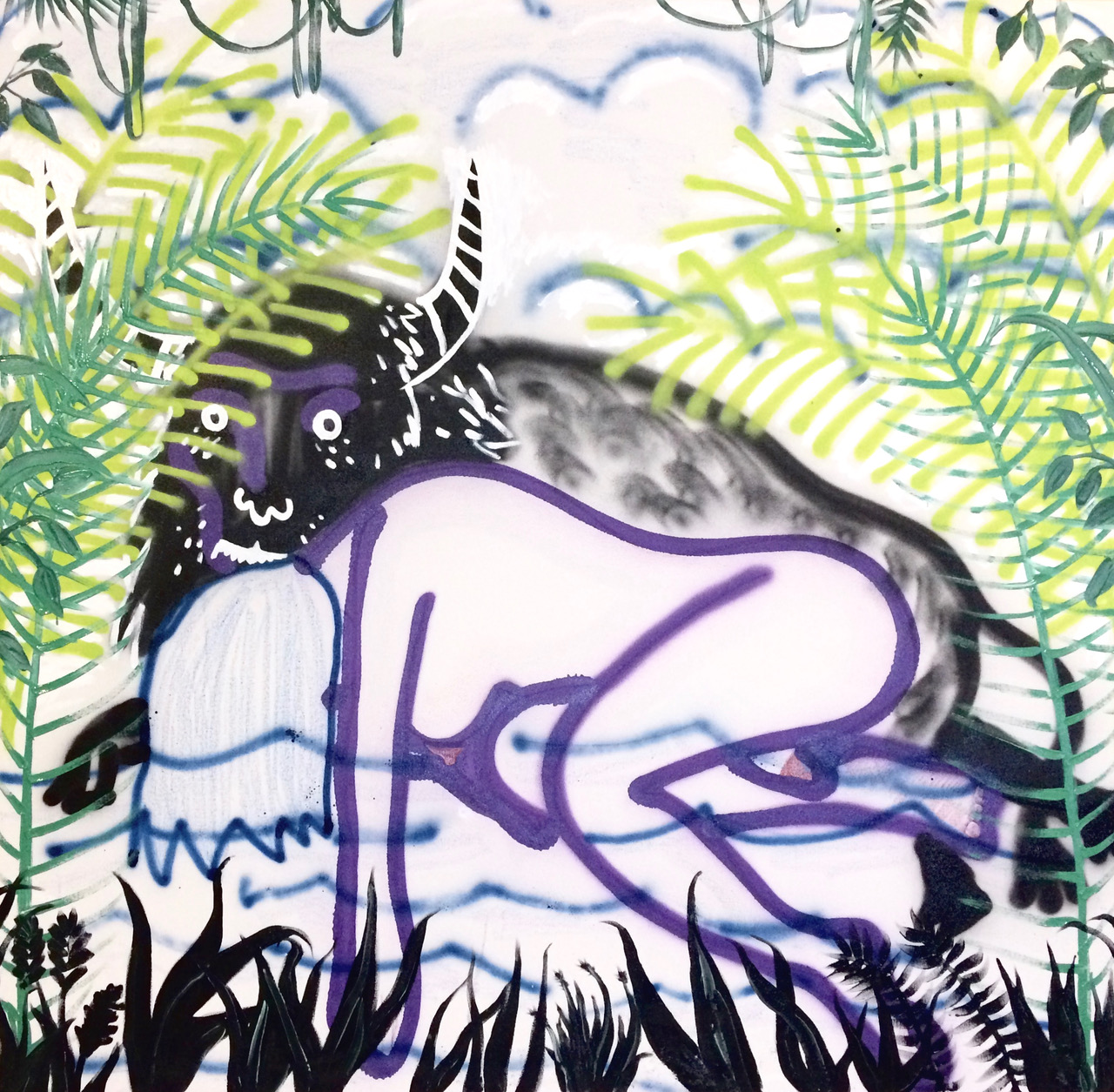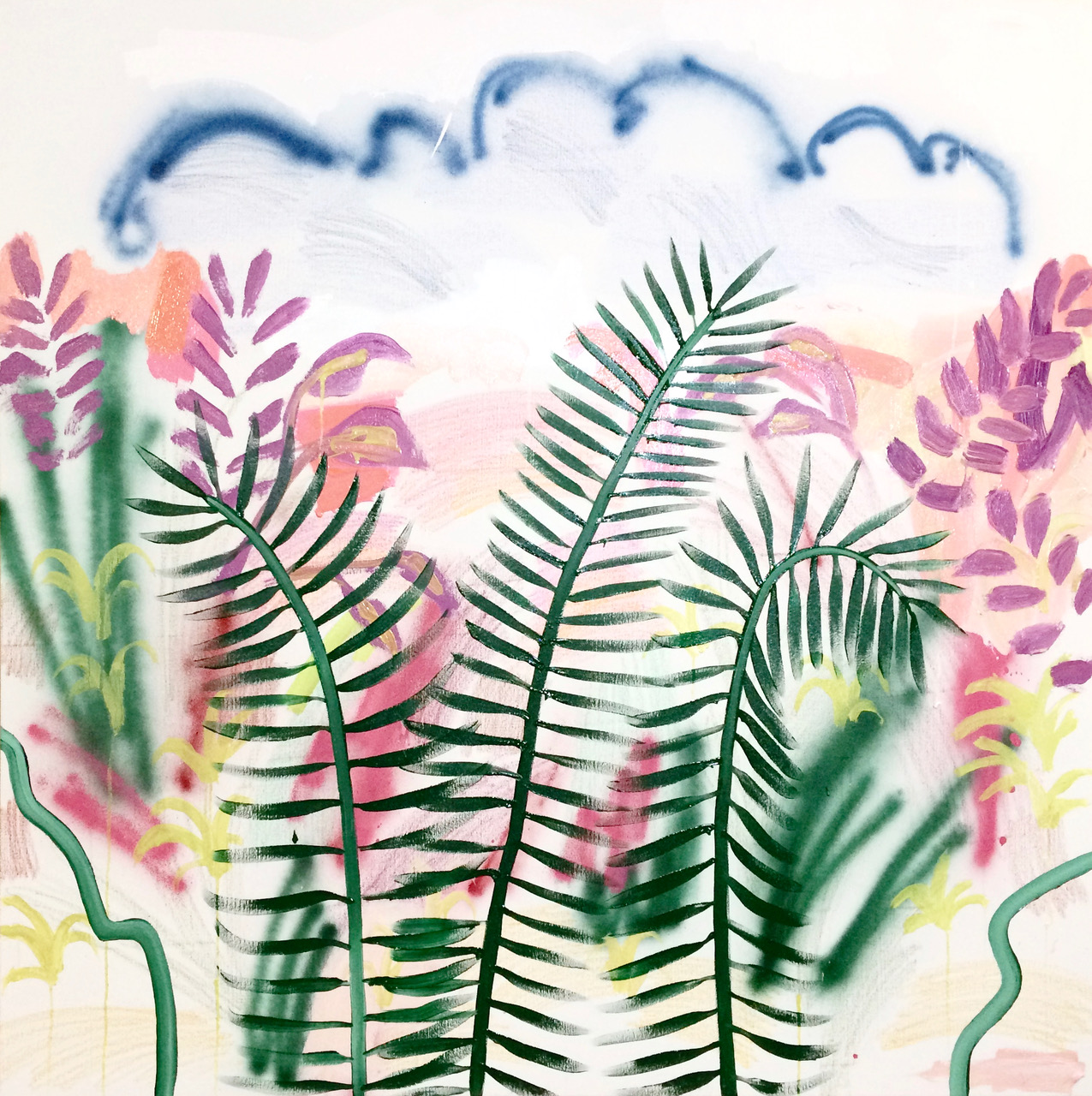Surrender
Barbed 5th’s issue, entitled Surrender featured artists from Detroit and many other cities across the United States, as well as neighbor cities in Canada. We are also pleased to present work from artists from around the world including; Portugal, France, Georgia, Australia, Germany, Belgium, Norway, and Israel.Artists featured on this issue:
Amy Carkeek
Rachel Wolfe
Ann Lewis
Samuel Lang Budin
Bianca Bondi
Natalia Danner
Robert Siegelman
Lucie Khahoutian
Anthony J. Thomas
Jesús Palomino
Barrocas Leiter
Natascha Stellmach
Tony Romano
Stéphane Roy
Ayelet Zohar
Nate Nettleton
Krysti Spence
Arielle Stein
David Paul Downs
Studio visits:
Jetshri Bhadviya
Mariposa Venenosa
Alexander Buzzalini
Elijah Ford
This issue is supported in part thanks to:
Grinstein Jewelry
University of Michigan Museum of Art
The Cranbrook Academy of Art
Preview

Children should be seen and not heard, 2016.
Archival inkjet print, 100 x 66 cm.
Amy Carkeek’s photographic practice explores the relationships between the manufacturing of desire and aspirations through consumer objects and imagery. By questioning the photographic medium and its construction of narrative and ideologies within popular culture, Carkeek seeks to depict the cracks in an increasingly unsustainable façade.
Children should be seen and not heard (2016) is part of a larger body of work which uses discarded ceramic figurines-once valued and beloved domestic objects-and through their modification seeks to disrupt the intended sweet, innocent and obedient characters to create a bleaker more disturbing alternative.
Carkeek has exhibited in galleries across Australia and in Philadelphia, USA and she has been a finalist in and winner of various prestigious Australian awards.

poetics make anything palatable, 2016.
Oil on canvas, 48 x 60 inches.
Brea Weinreb
I’m fascinated by binaries and the interactions that take place between their opposing sides. Particularly central to my work are the oppositions between male and female, Biblical and secular, and real versus imagined spaces. I continually return to the Biblical trope of the Garden because it represents an imagined space upon which a heteronormative, binary view of gender is projected. I use the same backdrop to project deviated permutations of what gender and sexual identity can be.
poetics make anything palatable plays on the Biblical trope of forbidden fruit. Eve surrendered to her desire masked in the form of an apple, which led to her and Adam’s expulsion from Eden. In my rendition, the female figure savagely consumes a pear whilst her male counterpart looks on morosely, presumably contemplating their imminent Fall or already Fallen state. A curious binary exists between voluntary surrender and involuntary defeat.

Kissed By A Mule, 2014- 2016. Installation photos and excerpt text courtesy of Clint Roenisch gallery.
Tony Romano
New Work: Kissed By A Mule
2014 - 2016
Kissed By A Mule (2014 - 2016), a large stage-like platform upon which two sets of several sculptures each, are arrayed. The components of some of these are the welded together remains of the Universal Carrier, now brightly painted and totemic, in line with the formal strategies of various post-war Modernist sculptors from David Smith to Anthony Caro. With this project Romano has spoken of recalibrating the karma, or intent, of the steel, reclaimed from a violent past into a new existence as peaceful works of art, railings and benches. The rough these gestures Romano poetically enacts a kind of war effort in reverse (when many sculptures and railings and benches were melted down to deal with the shortage of steel for munitions and tanks during WWII). A second set of sculptures, each painted black and adorned with fibreglass figures, complement those made of the tank fragments, and together suggest the facets of an artist’s life, complete with garden, kitchen, a muse, a sleeping lover, a studio with tools and - perhaps - a selfportrait of the artist himself.
Working within a family tradition of carpentry and metal work Romano uses these sculptures to explore the possibilities his everyday materials and, in doing so, to bridge the disparate worlds of daily working class labour with the more rarified atmosphere of the high art object.



(All), Untitled, 2017. Oil, acrylic, spray, 56 x 54 in.
David Paul Downs
These recent works speak of a need to understand my relationship with the world both inside and outside of my body. I’ve chosen objects and scenery that are subconsciously linked to real life events, but are abstracted and juxtaposed like constructs within a dream.